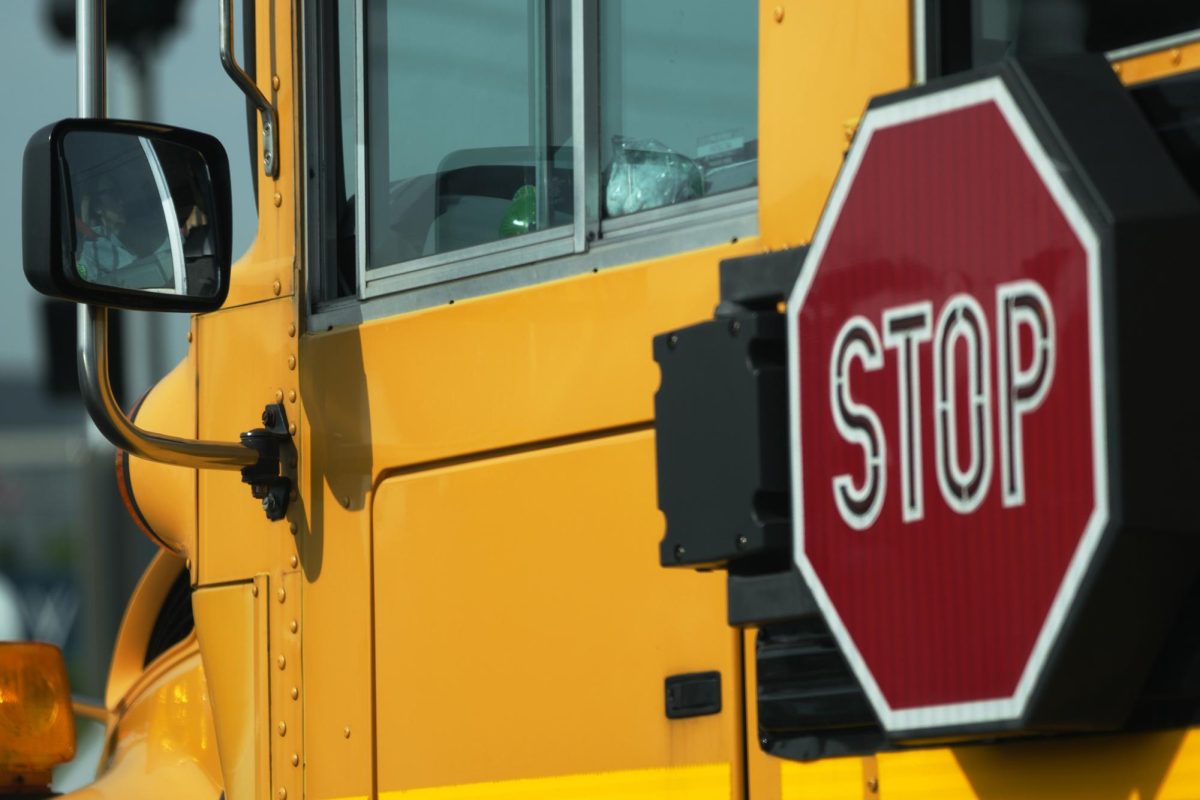As unemployment rates continue to rise, schools across the nation are left scrambling to find qualified staff. However, one particular position has seemed to be hit the hardest: bus drivers.
The lack of bus drivers in Edwardsville alone has been affecting school start times and extracurricular activities — namely athletics — for years. And according to the National Education Association, statistics show no increase of applicants in sight.
“There have been many times where the soccer teams have been promised a bus, but the bus shows up 20-45 minutes late,” junior Emma Spencer said. “Very rarely do these buses show up on time.”
With high school students starting school at 7:15 a.m. to accommodate the need for staggered bus routes and some athletes and club members being left without transportation to their events, District 7’s drivers have felt the weight of being short staffed for a long time.
“Once in a while we’ve had to have one of our coaches be our bus driver,” senior Sam Kitchen said. “I would say most of the other sports have had some type of problem with bus shortages.”
NEA statistics show there was a 15.1% decrease in drivers from 2019 to 2023.
When considering why this decline is so steep, there are several key factors that may have played a role.
School bus drivers have been consistently looked over compared to other similar jobs and their benefits and wage increases.
Between 2008 and 2019, hourly wages grew up to 5.3% for average workers. For school bus drivers, they only grew up to 1.5%, according to the NEA.
Also, with more students to transport between fewer drivers, the workload is increasing more than the pay.
Many drivers are not being compensated for their work and often work without benefits, making it difficult to retain staff, according to NEA President Becky Pringle.
“[Long-term solutions] start with paying bus drivers like the professionals they are so they can serve students safely and reliably,” Pringle told Fox reporters.
Some districts are being forced non-traditional means of ensuring their students get to school on time.
In St. Louis, one district began paying parents and guardians to transport their children to school in an attempt to manage their shortage of drivers.
Other districts have been taking similar measures, with some eliminating or combining the bus routes and others even asking members of their existing staff — excluding teachers — to take on the extra role.
With schools being forced to rearrange their schedules, their bus routes and their back-up plans, the question of how and when this issue will be resolved remains unanswered.


